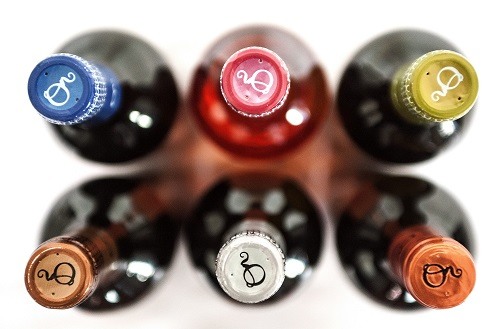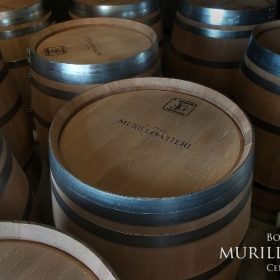🧴 What Are Wine Capsules? More Than Just Decoration
🕰️ A Brief History of Wine Capsules
Wine capsules are those small but significant sleeves that cover the neck and cork of a wine bottle. While they’re often seen as decorative, their origin is rooted in security and preservation.
It all began in 1760, when shipments of Bordeaux wine to Vienna started arriving sour…
Back then, wine was transported in barrels. To preserve it better, bottling became popular—but tampering with corks was an issue. To prevent counterfeiting, the Austrian monarch decreed that all wine bottles be sealed with wax.
Later, in the 18th century, lead capsules became common, especially in Hungary, serving as both a quality seal and an identifier for premium wines.
🎯 What’s the Purpose of a Wine Capsule ?
Today, wine capsules serve two main functions:
1. ✨ Aesthetic Appeal
Capsules enhance the look of the bottle and help brands stand out. Along with the label, they form part of the wine’s visual identity.
2. 🧼 Hygiene & Protection
- Protect the cork from dust and drying out
- Indicate if the wine has been previously opened or tampered with
- Maintain cleanliness during storage and transport
Would you trust a bottle without a capsule?
🧪 T ypes of Wine Capsules: Materials & Their Use
Over the years, capsule materials have evolved due to design demands and environmental regulations.
🥇 Tin Capsules
- Considered the best quality
- Used on high-end wines
- Soft, elegant, and easy to open
- Allow vibrant color and design customization
🛑 Lead Capsules (Now Obsolete)
- Once widely used
- Composed of a lead sheet coated in tin
- Now banned or heavily restricted due to environmental risks
⚙️ Complex Materials
- Made from aluminum and polyethylene
- Typically in two pieces
- Common in mid- to high-range wines
- Easy to remove, practical a









 Deutsch
Deutsch Français
Français Italiano
Italiano Nederlandse
Nederlandse